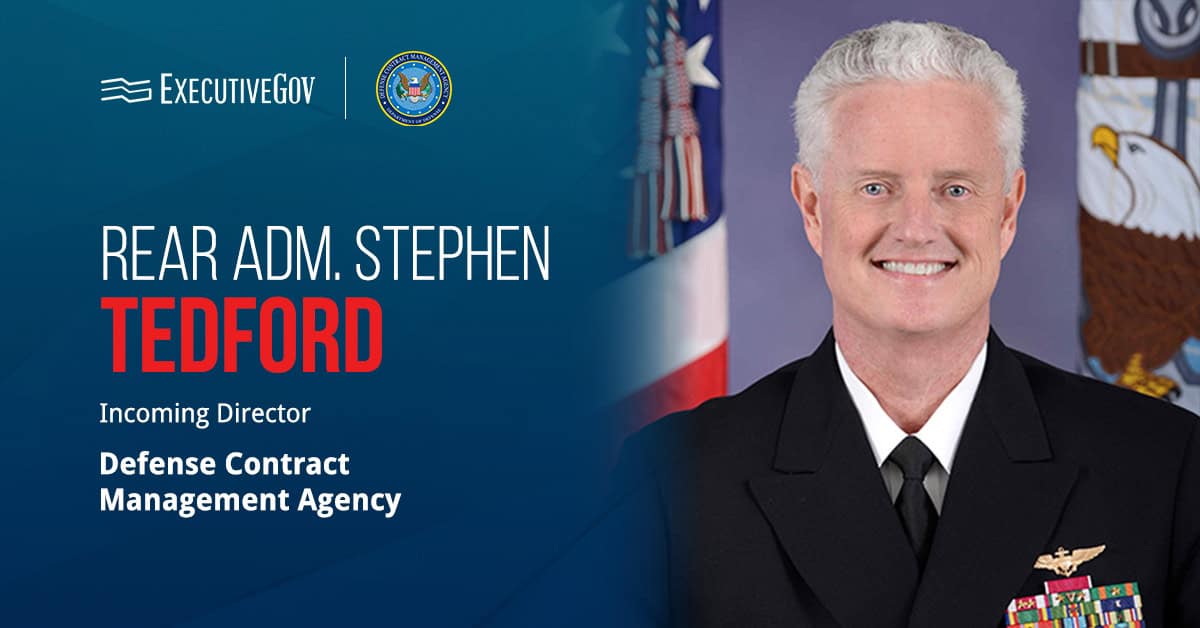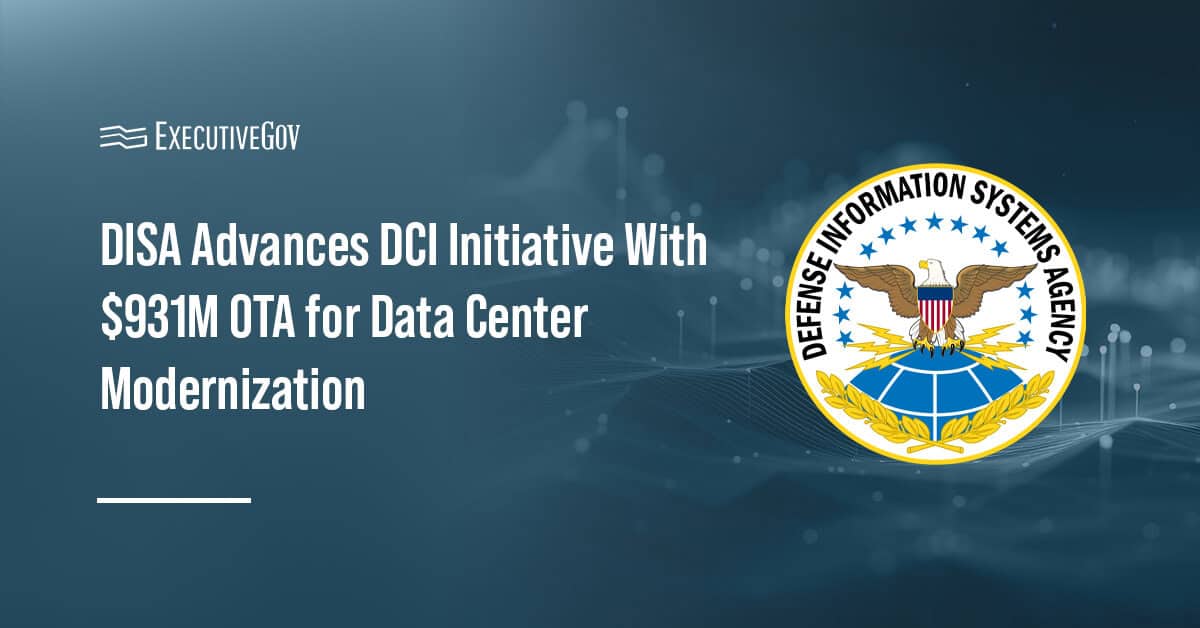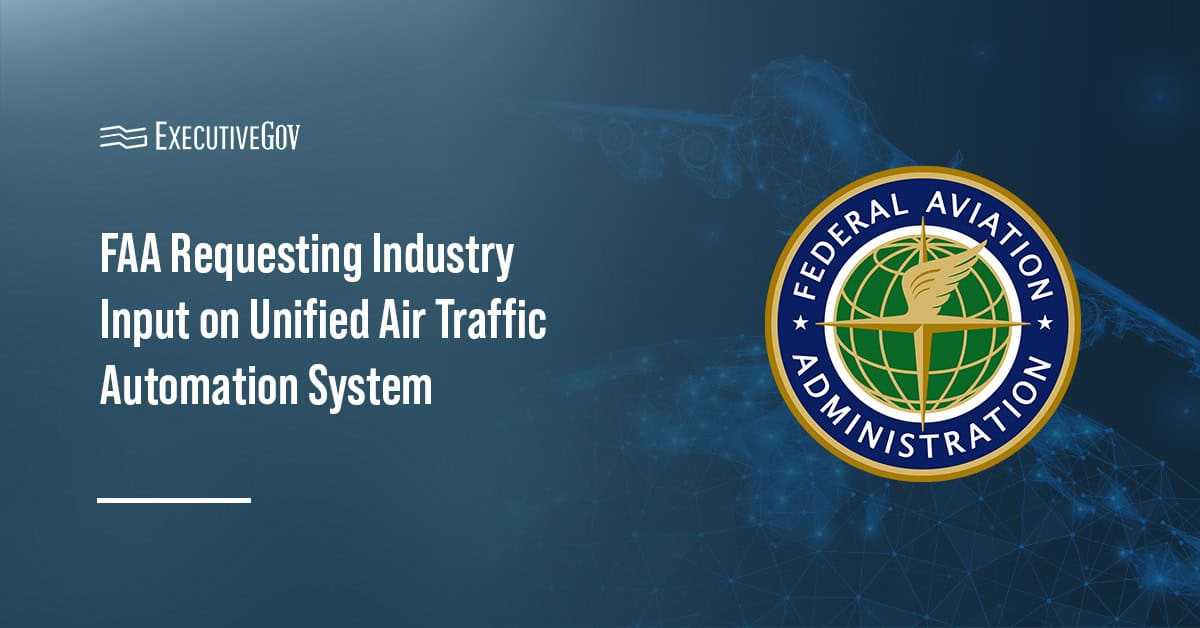The National Nuclear Security Administration (NNSA) has inaugurated a weather enclosure built to secure the Dual-Axis Radiographic Hydrodynamic Test facility at Los Alamos National Laboratory in New Mexico. The enclosure is built to contain the targets of hydrodynamic experiments and confinement systems within the accelerator, the Department of Energy (DoE) said Friday.
DOE noted the enclosure has various environmental controls that decrease wind and moisture and lower cold and heat stress during experiments. The department expects the enclosure to augment the accelerator's productivity by 43 percent.
DAHRT features two large X-ray machines built to yield freeze-frame radiographs of materials that implode at a speed of more then 10,000 miles per hour.





